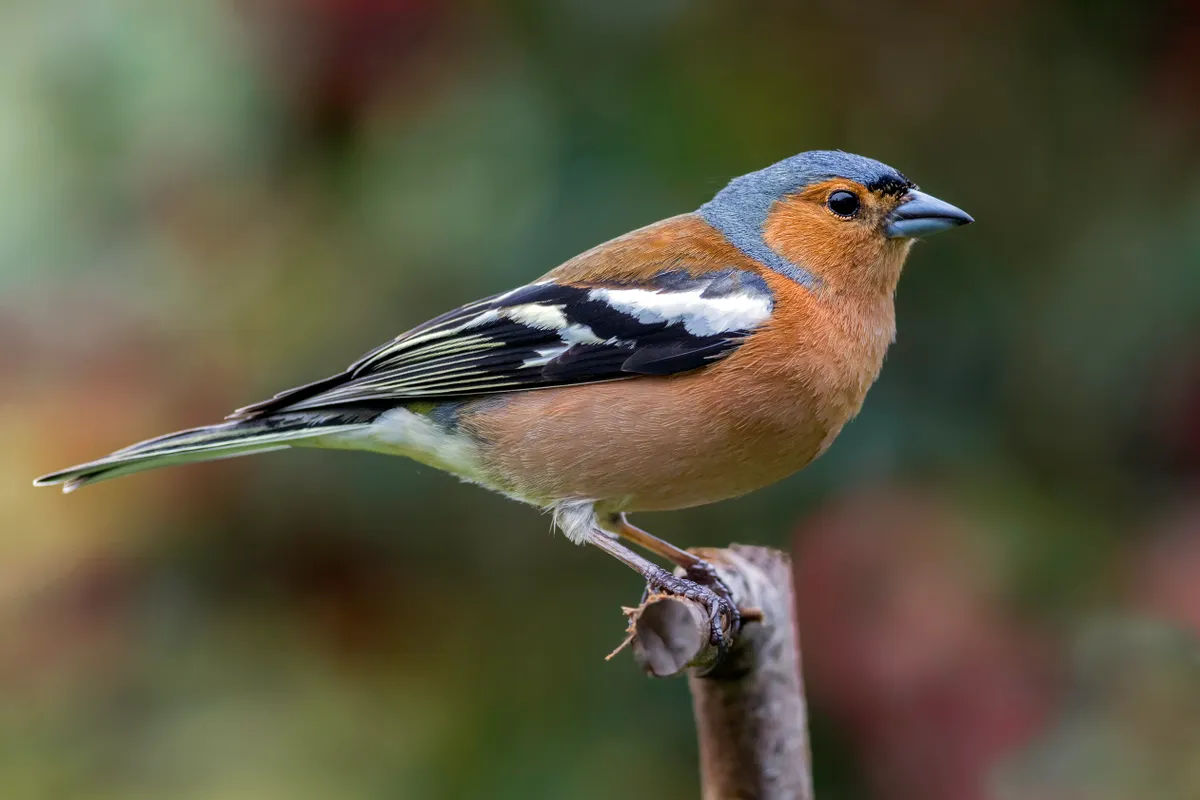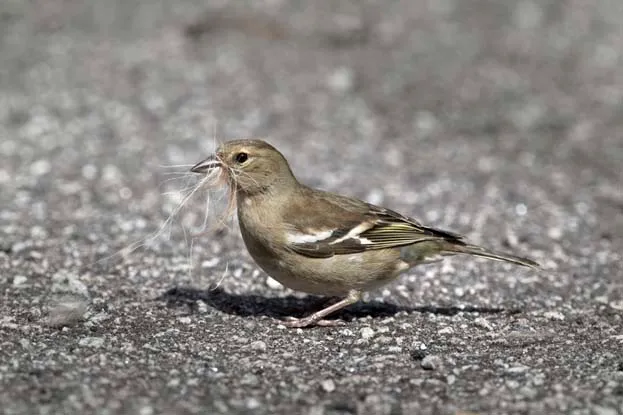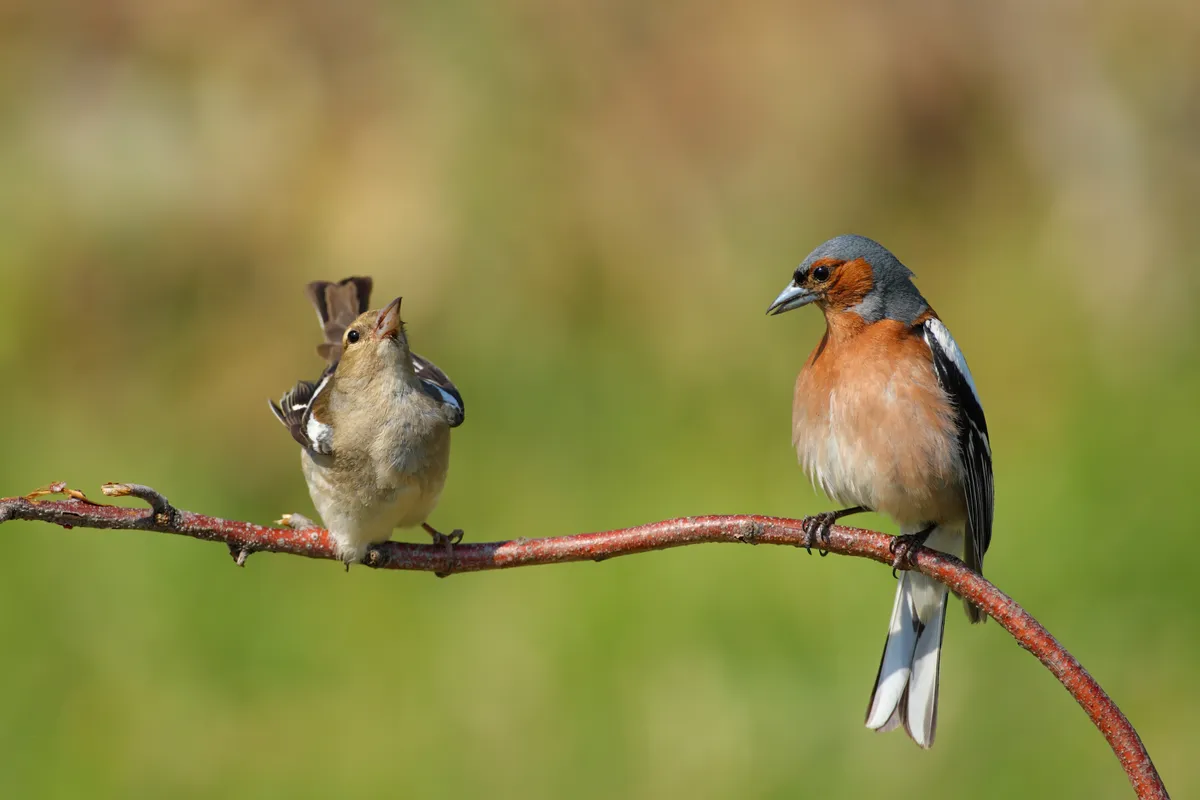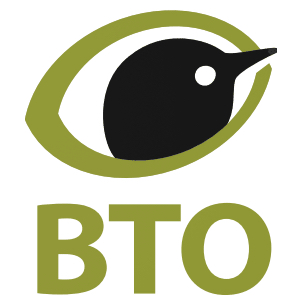1
How common are chaffinches?
The chaffinch is one of the most common bird species in the UK and one of the top 10 most reported birds in Garden BirdWatch gardens. In Britain, the highest breeding densities are found in southern, central and eastern England, and on upland edges in northern England and Scotland.

2
What's the chaffinch's ideal habitat?
Despite being found in many different habitats, chaffinches were originally deciduous woodland birds. They have adapted to a range of habitats, especially where suitable trees and shrubs occur for nesting and these days are just as likely to be found in gardens, farmland hedgerows and parks.
3
When do chaffinches nest?
Male chaffinches will start to defend their breeding territories as early as February, but nest building will not begin until at least April. Despite their dominance outside of the breeding season, it is the female that is the boss in the summer with the male learning to keep his distance when he accompanies her around the breeding territory.

4
Do chaffinches migrate?
During the autumn our chaffinches, which are mostly sedentary, are joined by large numbers of chaffinches from Scandinavia and Finland. In some years, these migrant birds can almost double our population. If you see large flocks moving through the countryside, these are usually Continental birds; individuals and birds seen in small flocks are usually local resident chaffinches.
5
Why do you get fewer chaffinches in the garden in some years?
Chaffinch numbers start to increase in gardens in the winter thanks to the addition of migrants from the Continent. In the autumn, however, their use of gardens reflects the size of the seed crop produced by beech trees. In years where there has been a poor crop, chaffinch numbers in gardens are higher because they are taking advantage of the supplementary food provided.
6
Do chaffinches face any threats?
Chaffinches are particularly susceptible to two types of disease. One is known as Fringilla papillomavirus, which causes growths on the feet and legs, but does not usually affect the bird too much. The other disease is trichomonosis, which can be as deadly to chaffinches as it can to greenfinches. To help your garden chaffinches avoid both diseases, make sure that you clean your feeding stations regularly.

7
How to identify a chaffinch
The male chaffinch is unmistakeably handsome with a blue-grey cap, pink cheeks and breast and a reddish-brown mantle. Females and juveniles are much duller, consisting of grey-brown upper-parts and dull greyish-white underparts. All chaffinches, however, have distinct wing bars.
The British Trust of Ornithology (BTO) works in partnership with over 40,000 volunteer birdwatchers to chart the fortunes of UK birds.
Among the surveys that we coordinate is our popular Garden BirdWatch, the largest year-round survey of garden birds in the world.
Each month we highlight a bird for you to look out for in your garden.
For more information about Garden BirdWatch or to speak to the Garden Ecology Team please email gbw@bto.org
Main image: Male chaffinch © Adrian Dancy/BTO

